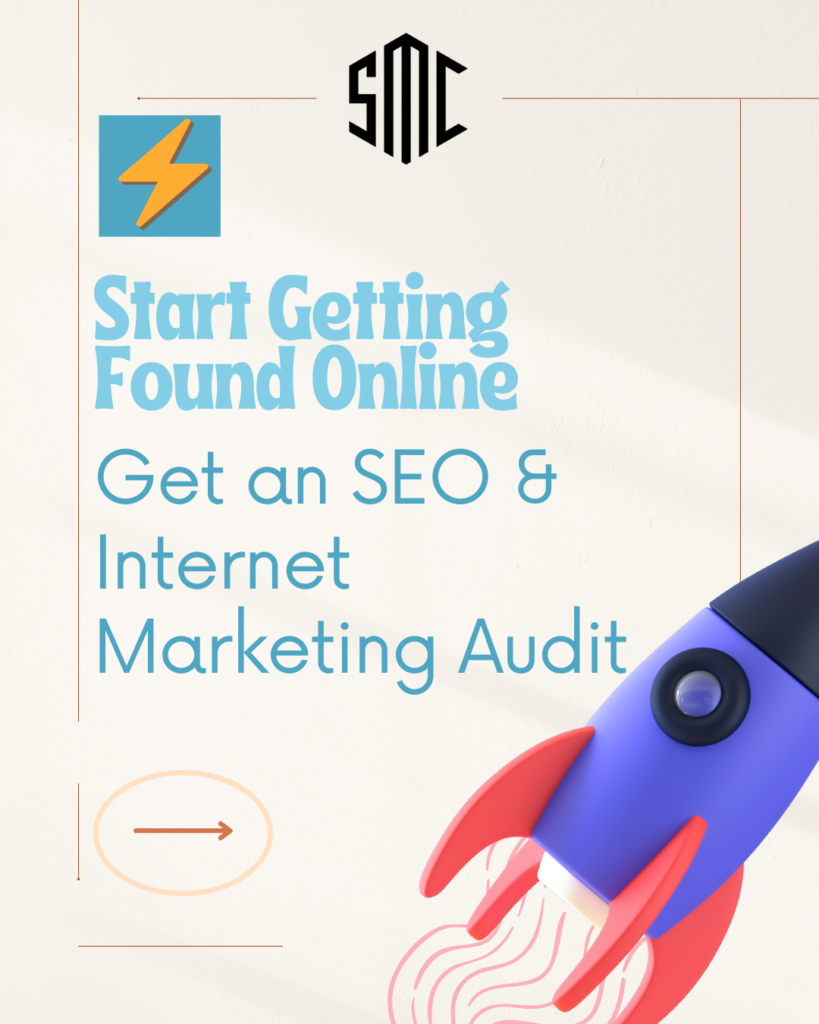Lead qualification is a big deal for marketers and sales teams. It’s about checking if someone really matches what we offer. This step helps us choose the best leads, give them a more personal sales journey, and close more sales1.
But, sales teams say only 44% of leads from marketing really have a shot at buying1. We need to get better at qualifying leads. In this article, let’s look into why lead qualification is so important and how to do it right. We want to build a process that keeps bringing in the right leads consistently.

Key Takeaways
- Lead qualification is a crucial step in the sales process that determines which prospects are the best fit for your products or services.
- Proper lead qualification can lead to identifying more ideal leads, personalizing the selling experience, speeding up the sales cycle, and improving sales forecasting1.
- There are several lead qualification frameworks, such as BANT, MEDDIC, and CHAMP, that can be used to evaluate and categorize leads12.,
- Aligning sales and marketing teams is essential for developing an effective lead qualification process that consistently delivers qualified leads.
- Utilizing a reliable, partially automated, multi-step lead qualification process can accurately qualify leads and boost conversion rates1.
What is Lead Qualification?
Lead qualification is vital in sales. Companies check if potential customers are likely to buy3. They do this by seeing the lead’s worth and if they might actually purchase something3. It starts in the marketing phase when the lead first comes in3.
To qualify leads, companies ask specific questions. They want to know the lead’s needs, timing, and ability to buy3. Knowing where a lead comes from helps too3. Good teamwork between marketing and sales is essential here3.
Qualifying leads helps companies focus on the right customers. They look for those who need what they offer and can buy it. Also, they must be able to make the purchase decision4. A method called lead scoring helps by giving points to potential customers based on different factors3. To make lead scoring work, companies should create a clear buyer’s profile and study their business data3.
The Lead Qualification Process
The process of qualifying a lead starts with making them a Marketing Qualified Lead (MQL). Then, after getting checked by the sales team, they become a Sales Qualified Lead (SQL)5. This process aims to turn leads into actual customers by guiding them through various steps5.
Having clear MQL criteria is essential. It helps both marketing and sales know what kind of leads to focus on. It’s beneficial to update these criteria regularly as the market and customer needs change5.
Lead scoring helps in sending the best leads to the sales team. This system ensures that the sales team only gets top-quality leads. It also helps marketing to nurture leads effectively and makes sure everyone is aiming at the same target534.
The Difference Between Marketing Qualified Leads (MQLs) and Sales Qualified Leads (SQLs)
It’s key for businesses to know the difference between marketing qualified leads (MQLs) and sales qualified leads (SQLs)6. MQLs are people who have shown an interest or engaged with a post or automation. They might have clicked on links, visited sites, or taken part in online activities6. SQLs are those who show they’re ready to buy. They might request product demos or reach out in some way to buy6.
This difference centered around their readiness to buy and stage in the sales funnel distinguishes MQLs and SQLs6. MQLs are curious but not ready to buy; SQLs show a purchase is close6. Businesses shift MQLs to SQLs through lead scoring. This ranking system spotlights the most interested leads. Engaging in meetings or responding to emails can solidify a lead’s readiness6. BANT criteria, which looks at Budget, Authority, Needs, and Timeline, helps gauge a lead’s fit as an SQL67.Categorizing leads as MQLs or SQLs well is crucial for chat efficiency and sales. It helps focus sales efforts on the most promising leads6. Knowing these differences offers insights into how well leads convert and sales tactics work687.
Marketing Qualified Leads (MQLs) vs. Sales Qualified Leads (SQLs)
MQLs are potential customers intrigued by products or services. They might download ebooks, register for webinars, or engage on social media8. However, their actions don’t always mean they’re ready to purchase, just interested in knowing more86.
SQLs are those showing strong signs of wanting to buy. They may ask for product demos or sign up for trials, showing a keen interest in the product8. Strong teamwork between marketing and sales helps balance the number of MQLs and SQLs. This ensures the sales team isn’t swamped with leads not ready to buy8.

Companies where marketing and sales teams understand MQLs and SQLs are 67% better at closing sales efficiently7. Moreover, 78% of buyers go with the first vendor quick to respond to their interest, notes Salesforce7. Clarifying MQL and SQL criteria guides which leads go to sales, making the sales process smoother and more effective7.
Understanding the subtle differences between MQLs and SQLs helps companies improve their sales funnel. It ensures resources are used for the most promising leads, leading to more wins687.
Why Lead Qualification Matters More Than Ever
Today, in the world of fierce, competetive business, the importance of lead qualification stands out. It helps find the best leads, personalizes sales, and makes the process faster9. Knowing your ideal customer profile and using resources correctly improves sales. It also lifts conversion rates9.
The second source shows 60% of lost sales happen because reps don’t properly qualify leads9. It’s important to know when a lead won’t buy. This understanding is key for saving time and growing business10. If you mix good and bad leads, your company’s efficiency could drop10.
The third source points out the benefits of lead qualification. It says companies that use lead scoring see a 138% ROI boost11. Also, top salespeople are 1.6 times more likely to use data for finding great leads11. When sales and marketing work together and follow good lead qualification practices, lead management improves a lot9.
Understanding Your Ideal Customer Profile (ICP)
Defining your ideal customer profile (ICP) is the first step to attract the right leads. You need to know what problems your product or service solves and the goals of your potential customers12. That means looking at details like their job, where they work, and what they are looking to buy or use12. Once you know who your ideal customer is, you can focus your marketing on them. This makes it more likely your efforts will pay off.
Making an ICP is super important, especially if your business is small or serves a unique group of people. It helps you know who to talk to so you can boost sales and make more money13. And because 77 percent of business pros like getting messages made just for them12, having an ICP is crucial. It makes sure your marketing hits the mark with the people you want to reach12.
To create your ICP, start by looking at who already loves your product. See what they have in common. Next, figure out which types of companies have had the best experiences with you13. Doing this helps you figure out exactly who you should be talking to in your marketing12.
After you make your ICP, don’t forget to check in and update it often, at least every few months. The market changes, and so do your customers’ needs. By keeping it up-to-date, you can make sure your marketing is always on point.
In the end, knowing your ICP is crucial for your marketing and lead building success13. By concentrating on the people who need what you offer most, you’ll be more efficient. This leads to happier customers and a better return on what you spend in your business13.
Lead Scoring and Qualification Frameworks
Qualifying leads well is key in the sales journey. Businesses use various frameworks to make this easier17. When marketing and sales efforts are in sync, 90% of firms see more leads turn into chances17. Surprisingly, only 21% have a lead scoring model in place17.
The BANT framework is quite popular. It checks for Budget, Authority, Need, and Timeline. It helps sales teams figure out if a lead can really buy18. Pinpointing the budget and finding the decision maker is crucial18.
There’s also the GPCTBA/C&I framework. It looks at Goals, Plans, Challenges, and more. For firms using this with automated marketing, high numbers of good leads are possible17.
The MEDDIC model focuses on Metrics, Economic Buyer, and more. It helps spot the lead’s real needs and support the purchase process well17. But sadly, less than 20% say their lead scoring works very well17.
CHAMP framework talks about Challenges, Authority, Money, and Priorities. It aids sales teams in understanding leads’ issues and how your product can help18. That leads to happier customers getting the right fit18.
The ANUM method keeps it simple, looking at Authority, Need, Urgency, and Money. It helps sales people quickly check if a lead is promising. Getting this wrong accounts for 67% of missed sales17.
Using these frameworks can make sales smoother. It lets businesses concentrate on the best leads. This focus brings better sales results and efficiency18. Measuring lead quality is also crucial for checking marketing and sales success18.

Implementing Lead Qualification
To make marketing and sales successful, we need good lead qualification. It’s key for sales teams to work on the best chances of selling. This way, conversion rates increase19.Traditionally, lead qualification has been a manual process, requiring significant time and effort from sales teams. However, with advancements in technology, the implementation of lead qualification AI has revolutionized the way businesses qualify leads. With AI-powered lead qualification tools, businesses can now automate the process, saving time and enhancing efficiency.
Lead generation qualification is an essential aspect of any marketing strategy. By identifying and understanding the most promising leads, businesses can focus their efforts on prospects that are most likely to convert into customers. This not only increases the chances of closing a deal but also streamlines the overall sales process.
Implementing lead qualification in CRM systems further enhances the effectiveness of lead qualification. By integrating AI-powered qualification tools into existing CRM platforms, businesses can gather data on leads and analyze it to determine viability. This allows sales teams to prioritize and allocate their resources more effectively, resulting in higher sales productivity.
Getting to Know Your Leads
Qualifying leads starts with deep research. We look into their industry, competitors, recent events, and more. These details help us understand what they need and how they buy19.
We also make sure we know everything about the lead. This means their contact info, job, company details, and what they’re interested in. Having this information lets us see how likely they are to become a customer20.
Leveraging Lead Scoring
Lead scoring is great for focusing sales efforts. It gives each lead a score based on details about them and how they’ve interacted with us. We can then easily find the leads most likely to turn into customers20.
Statistics from Marketo show that nearly all website visitors and half of the leads in a system aren’t looking to buy yet21. Lead scoring guides us to the leads that are ready to be turned into customers.
Choosing a Qualification Framework
Picking the right framework keeps lead qualification solid and predictable. Models like BANT, CHAMP, MEDDIC, and GPCTBA/C&I offer a clear way to review leads. They help us decide which leads are closer to making a purchase2019.
Following these steps, we create a lead qualification system we can use over and over. It’s driven by data and it picks the leads most likely to buy. This boosts our sales and brings in more revenue for the company202119.
Aligning Sales and Marketing for Lead Qualification
Turning contact form submissions into customers is key; it needs sales and marketing working closely together. Marketing focuses on the first steps with inbound leads, often using automation. Yet, these leads need further checking by Sales to boost the chance of converting them into customers.
For growth, it’s vital the sales and marketing teams work on lead qualification together. Businesses where sales and marketing are aligned grow by 20% every year. Yet, those with poor alignment see a 4% drop in their revenue22. Open communication and clear goals are essential for lead qualification success23.

Marketing Qualified Leads (MQLs) and Sales Qualified Leads (SQLs) differ in how qualified they are. MQLs meet standards set by marketing, while SQLs go through more checks by the sales team. This process makes sure they have a better chance of becoming customers23.
Aligning both teams on this process improves transitioning MQLs to SQLs. This leads to betterlead generationand increased conversion rates.
To streamline working together, using automation, shared management systems, and CRM tools is beneficial23. Defining a clear qualification process, tracking leads, and using data to guide decisions helps a lot. This way, the teams can consistently get high-quality leads and make the most of their efforts222423.
Conclusion
Lead qualification definition involves determining whether a lead fits the ideal customer profile, assessing their readiness to purchase, and understanding their specific needs and challenges. By qualifying inbound leads, businesses can focus their efforts on those with the highest likelihood of converting into paying customers.
The benefits of consistently getting qualified leads are numerous. Firstly, lead qualification increases conversion rates, as the sales team can tailor their approach to address the specific pain points of each lead. This personalization increases the chances of closing a deal. Additionally, lead qualification shortens sales times by allowing the team to prioritize their efforts on the most promising leads, minimizing time wasted on unproductive pursuits.
Finally, qualifying inbound leads leads to more revenue. By focusing resources on high-quality leads, businesses can effectively allocate their marketing and sales budgets, maximizing return on investment. Furthermore, qualified leads are more likely to become loyal customers, leading to repeat business and potential referrals.
In conclusion, consistently getting qualified leads is crucial for business success. Lead qualification helps businesses identify the most promising prospects, resulting in increased conversion rates, shortened sales times, and ultimately, more revenue. By tracking the success of lead qualification using performance metrics, businesses can continuously optimize their processes and achieve greater success in their lead generation efforts.












